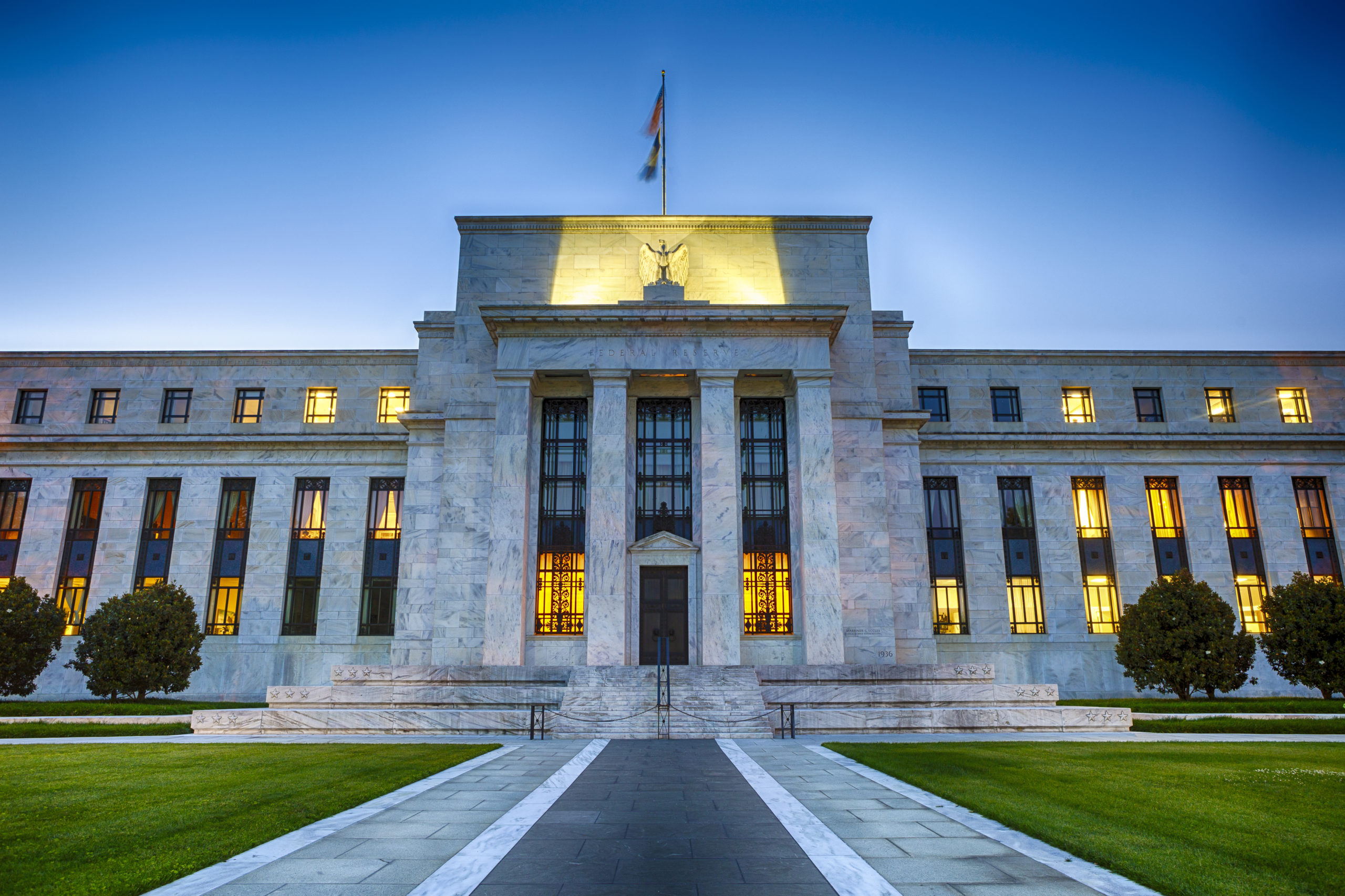Fed tapers QE, but signals no rush to raise interest rates
( 3 min )
- Go back to blog home
- Latest
The Federal Reserve stuck to the script during its monetary policy meeting on Wednesday, tapering its quantitative easing programme, but suggesting that interest rate hikes remain some way off.

Powell’s comments on the US economy were relatively upbeat. He said that ‘substantial further progress in the economy has (been) made toward the Committee’s goals since last December’. Powell stated that it was ‘highly uncertain’ when inflation will moderate, although the committee expects price pressures to abate by Q2 or Q3 next year. The language used in the statement to describe the inflationary outlook was also tweaked slightly from September. The factors driving prices higher are now ‘expected to be transitory’, versus the previous view that inflation was down to ‘transitory factors’. The continued use of the word ‘transitory’ in the statement was viewed as dovish by investors, who had largely expected it to be dropped altogether from the Fed’s communications. We also think that Powell’s comments disconnecting the link between employment and inflation is very dovish.
On interest rates, Powell was clear to separate the tapering decision from a decision to raise interest rates. He avoided directly addressing whether the Fed would raise rates next year, and did not follow the European Central Bank’s lead in pushing back on market pricing for hikes. He instead noted that the criteria for a lift-off in rates was more stringent than that for tapering. According to Powell, the Fed would need to see inflation on track to moderately exceed 2% for some time, with the labour market reaching levels consistent with the bank’s view of maximum employment – although he failed to tell the market what maximum employment is.
Overall, there were no real surprises from the Fed on Wednesday. The QE programme will be gradually wound down to zero by mid-2022, and policymakers appear to be in no rush to raise interest rates. At the margins, we think that the message was slightly more dovish than expected, particularly the continued use of the word ‘transitory’ to describe inflation. While the dollar initially sold-off modestly following Powell’s press conference (Figure 1), markets actually ramped up expectations for US interest rate hikes. The dollar has been back on the front foot this morning, although moves in currencies have been rather contained.
Figure 1: EUR/USD (28/10/21 – 04/11/21)

Source: Refinitiv Datastream Date: 04/11/2021
Fed fund futures are now pricing in more than 50 basis points of hikes through to the end of 2022, and around 120 basis points by the end of 2023. We think that this is overly aggressive, and see a far greater risk that the Fed disappoints market expectations rather than exceed it. While we still think that the Fed could start raising rates in H2 2022, two 25 basis point hikes by the end of next year appears to be a stretch given the tone of Wednesday’s communications. We continue to expect the Fed to lag behind most of its G10 peers in raising rates during the current hiking cycle, which plays into our generally bearish US dollar view.

